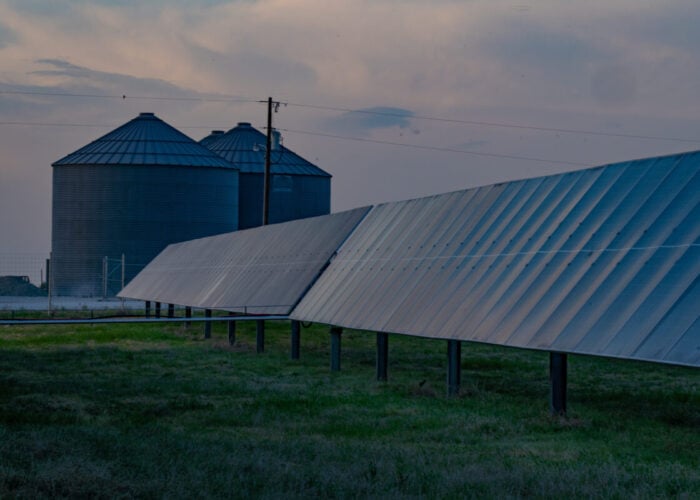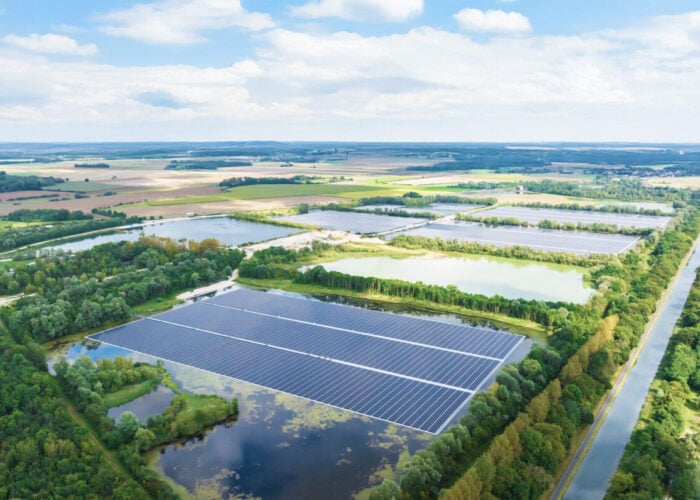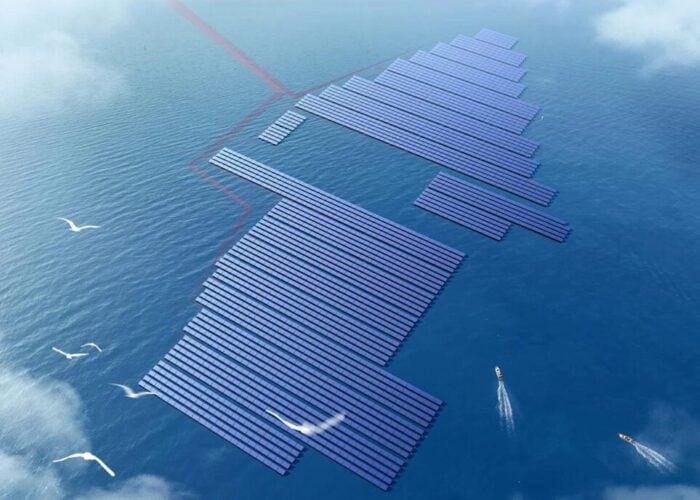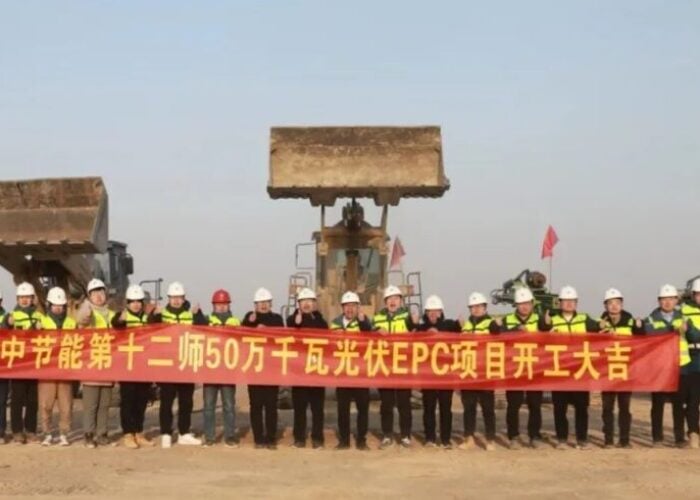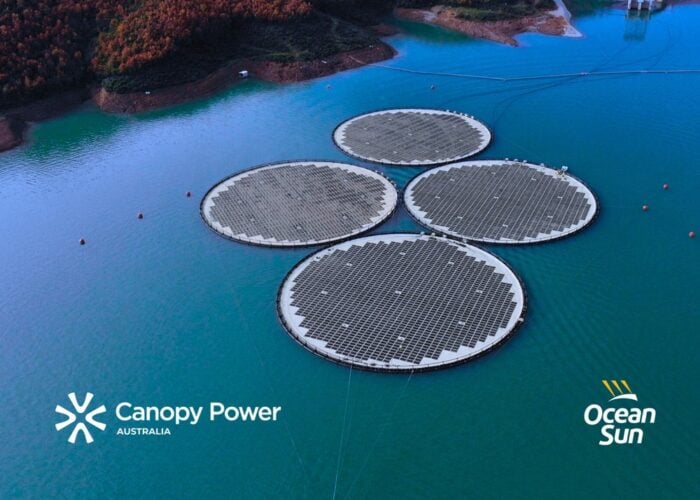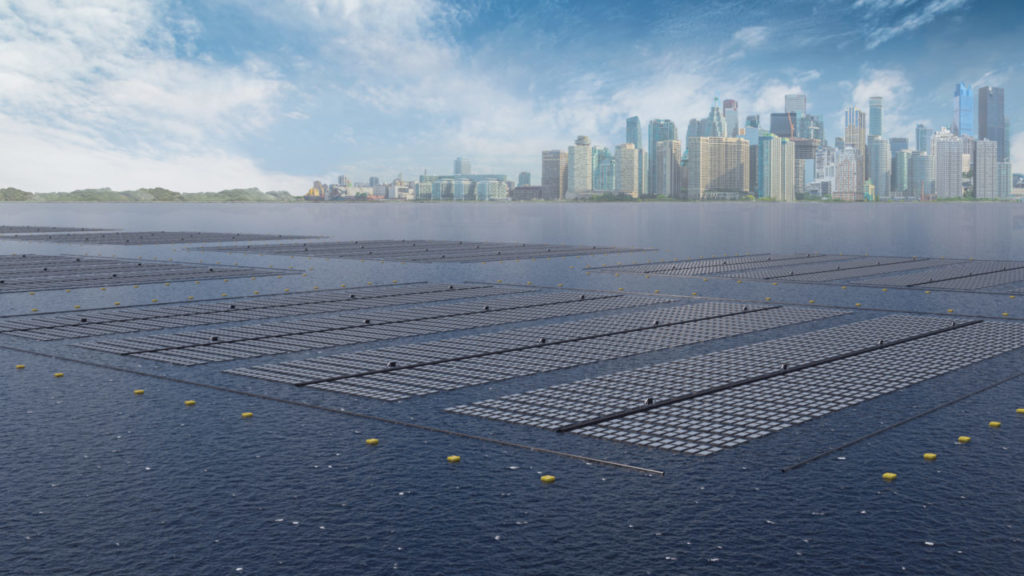
Renewable energy technology company Fred. Olsen 1848 has launched a product to help floating solar PV handle wave loads.
Named Bolette, this product allows the PV modules to move freely and independently within a rope mesh, distributing the forces to the mooring system. According to the company, Bolette is designed with an integrated solution for operation and maintenance with the final tank test completed.
Unlock unlimited access for 12 whole months of distinctive global analysis
Photovoltaics International is now included.
- Regular insight and analysis of the industry’s biggest developments
- In-depth interviews with the industry’s leading figures
- Unlimited digital access to the PV Tech Power journal catalogue
- Unlimited digital access to the Photovoltaics International journal catalogue
- Access to more than 1,000 technical papers
- Discounts on Solar Media’s portfolio of events, in-person and virtual
Or continue reading this article for free
Fred. Olsen 1848 will install a 150kW pilot in Norway during summer 2023. Moving forward, the company announced a plan to install the first commercial unit, with a capacity of 3MW, in 2024, adding that it will deliver further commercial projects from 2025 and onwards.
“Bolette is designed in a very cost-efficient manner to follow the motion of the ocean, even in offshore conditions. We believe Bolette’s simplicity is a game-changer to unlock the potential of floating solar,” said Sofie Olsen Jebsen, CEO of Fred. Olsen 1848.
Lastly, Fred. Olsen 1848 added that Bolette is scalable and can be tailored to individual projects, while all components are tagged and can easily be recycled after decommissioning.
The floating solar market is gaining traction as PV Tech reported that it will surpass 6GW by 2031, with China, India and Southeast Asia set to deploy the lion’s share. A new report from energy analyst Wood Mackenzie forecasts that the compound annual growth rate (CAGR) of FPV will increase by 15% in the next ten years, with 15 countries and regions set to surpass 500MW of installed capacity.


